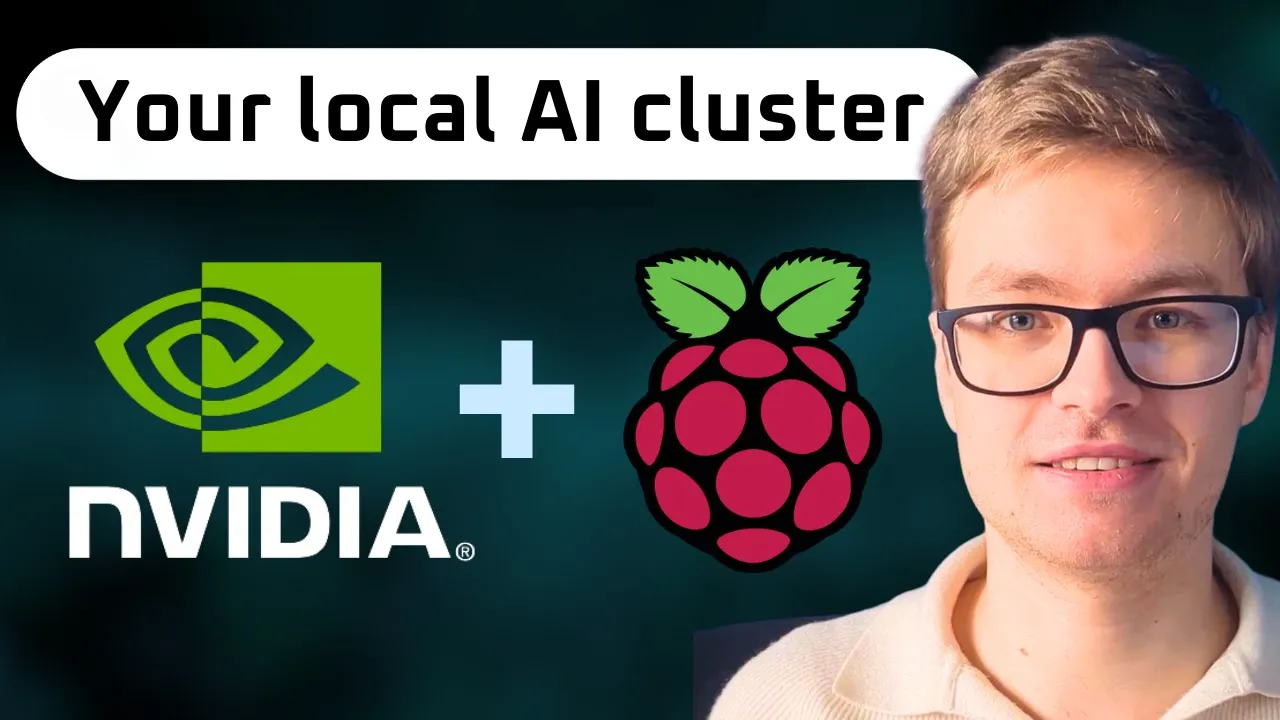The Promise of Distributed AI Inference
Imagine leveraging every computing device in your home or office to power your AI applications. Modern households often have multiple computing devices—laptops, desktops, mini PCs, and even single-board computers like Raspberry Pi—many of which sit idle for extended periods. What if you could combine their processing power to run AI models faster and more efficiently?
The Concept of Distributed AI Inference
Distributed AI inference represents a fundamental shift in how we approach computing resources for artificial intelligence. Rather than relying solely on a single high-powered machine, this approach orchestrates multiple devices to work in tandem, distributing the computational workload across them.
The core principle is simple yet powerful: divide the inference task into manageable chunks, send those chunks to different computing nodes, process them in parallel, and then combine the results. This approach can significantly accelerate AI inference speeds when implemented effectively.
Network Resource Optimization
One of the most fascinating aspects of distributed inference systems like EXO is their ability to identify and utilize available hardware across a network. The system creates a topology map showing connected devices and their relationships, enabling strategic distribution of computational tasks.
Key factors in network resource optimization include:
- Hardware compatibility assessment - Determining which devices can work together effectively
- Memory allocation across devices - Ensuring each device has sufficient memory to handle its portion of the model
- Network bandwidth utilization - Minimizing data transfer bottlenecks between devices
- Dynamic workload balancing - Assigning appropriate tasks based on each device’s capabilities
When properly orchestrated, even modest performance improvements from each additional device can compound into significant speed gains. This optimization becomes especially valuable for engineers learning how to run AI models locally without expensive hardware, where distributed approaches can make advanced models accessible on consumer devices.
Practical Applications in Multi-Device Environments
The ability to combine computing resources offers particular value in several scenarios:
- Home AI enthusiasts can combine their gaming PC (with GPU) with a laptop or mini PC to run larger language models
- Small businesses can leverage existing office equipment for AI processing without purchasing specialized hardware
- Educational settings can create ad-hoc AI clusters from available computing resources
- Development environments can simulate distributed systems without expensive cloud resources
In the demonstration from the video, combining two nodes resulted in a performance increase from 2.1 tokens per second to 3.6 tokens per second—a more than 50% improvement in processing speed. For AI engineers working on production AI systems, understanding these distributed inference patterns provides valuable insights into scaling strategies.
Current Limitations and Future Potential
While the concept of distributed AI inference holds tremendous promise, current implementations face important challenges:
- Each node must independently have sufficient memory to load the entire model
- Network communication overhead can sometimes negate performance gains
- Orchestrating diverse hardware architectures (like NVIDIA GPUs with Apple M-chips) requires sophisticated management
- Setting up distributed systems often involves greater complexity than single-device solutions
Despite these limitations, the foundation being laid by technologies like EXO points toward a future where our approach to computing resources becomes more collaborative, efficient, and adaptable.
As distributed inference technologies mature, we may see innovations that address these limitations—perhaps allowing partial model loading across devices with limited memory or more efficient protocols for cross-device communication.
To see exactly how to implement these concepts in practice, watch the full video tutorial on YouTube. I walk through each step in detail and show you the technical aspects not covered in this post. If you’re interested in learning more about AI engineering, join the AI Engineering community where we share insights, resources, and support for your journey. Turn AI from a threat into your biggest career advantage!

